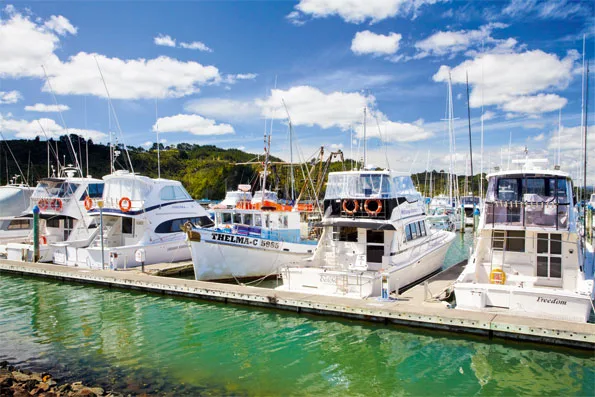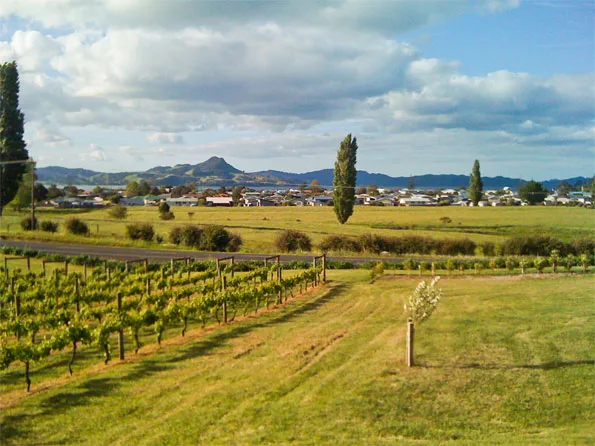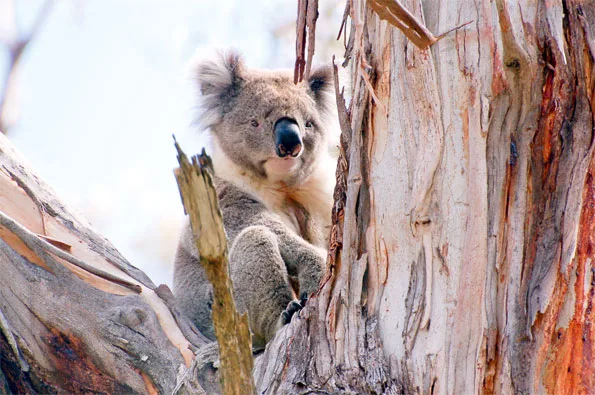If you’re planning a visit to Australia, may I suggest that you hire a car.
There’s something about a road trip that satisfies our pioneer instincts – and Australia has some of the world’s most epic roads. You can drive for days and end up in the middle of the scorched continent. Or, if you are visiting the cultural Mecca that is Melbourne, there is a magnificent day trip along Victoria’s Great Ocean Road.
The promise of spectacular scenery is what brings me to this famous road, but I end up being preoccupied with finding a shipwreck survivor.
We take it for granted these days how easy it is to travel. We can fly from New Zealand to Melbourne in around 180 minutes. After a couple of hours driving, we can be on the coast, gazing at the epic limestone rock formations standing like sentries, guarding the tall sea cliffs as they loom out of the water, battered by sea spray.
We forget that just a century ago, traveling to Australia meant a dangerous journey by sea, passing these cliffs.

King Island stands 80km out into the ocean. Between here and that foggy rock is the wild Bass Strait. This coast is a ship cemetery that saw the watery deaths of thousands of people who had dreamed of reaching Australia.
As I stand here in misty rain and swirling wind, along with a busload of awestruck tourists from Japan, I’m sure we all appreciate how lucky we are to glide easily into Melbourne with tray tables up and cellphones turned off.
The drive along the Shipwreck Coast is dotted with observation points. Each one offering a glimpse of a more spectacularly towering limestone formation than the last. The most famous is the Twelve Apostles – there are actually only eight or nine of these giant stone towers. But my favourite spot on the coast is Loch Ard Gorge.
Wild seas pound a beach 100 metres below the massive cliffs. These form a narrow gorge out to sea, where in 1878 the Loch Ard, a beautiful sailing clipper, crashed in the night trying to reach Melbourne.
Only two people survived. In the darkness, young Tom Pearce battled the crashing waves to help 18-year-old Eva Carmichael to shore, then climbed the cliffs to find help.
The best ending would be to say they fell in love. Instead, they returned to England, separately – by ship. That’s the definition of getting straight back on the horse!
The only other “survivor” of that wreck washed up in a crate with only a chip off its beak. This two-metre tall porcelain peacock, made by Minton, was on its way to be part of the Great Exhibition in Melbourne. The peacock never made the exhibition, but instead ended its journey where I finish mine – in the scenic beach town of Warrnambool at the end of Great Ocean Road.

At Lady Bay Resort, our rooms overlook a beautiful, stormy bay. Resort owner Jon Watson saw an advert for a house for sale in Warrnambool the same day someone offered to buy his Melbourne pub. He took both deals and is still in
this little town 10 years later.
Jon also tells me all about the Melbourne to Warrnambool bike race that traces the same roads we have driven. I then ask about the Loch Ard peacock and he has good news: I can see it.
We turn up after dark at Flagstaff Hill Maritime Museum, carrying lanterns as we wind our way through the village.
A storm is blowing and our guide’s voice is often lost in the wind, but it makes the story she tells of the Loch Ard wreck all the more realistic.

We end up in a theatre over the water, where a light, sound and laser show tells the tale of Tom, Eva and the peacock. Afterwards at the museum, I come face to beak with the beautiful bird, spinning majestically in its glass case.
This bird and I came to Australia at different times, in different ways, and for different reasons. But here we are in this room on the Great Ocean Road on this stormy night – and I can’t stop looking at it.
Jon Bridges

Walk and Port:
Great Ocean Walk
The Great Ocean Walk on Victoria’s west coast stretches 104km from Apollo Bay to the Twelve Apostles.
Step on and off the trail and enjoy comfortable accommodation and local meals, or pitch your tent along the way.
Bothfeet Walking Lodge is environmentally sustainable and is located at Johanna Beach, the mid-point of the Great Ocean Walk.
It offers chef- prepared meals, transfers to and from Melbourne, and drivers who know exactly where to meet you along the walk each day.

Port Fairy
Uncover history in this charming fishing village, the last destination on Victoria’s Shipwreck Coast.
Port Fairy boasts wide streets lined with 19th-century cottages, Norfolk pines and stone churches.
Join in the fun of the Port Fairy Folk Festival on March 7-10, 2014. Keep an eye out for breaching southern right whales off the coast during the winter months, when the mammals come in to mate and calve.
History buffs will enjoy many fine examples of 1800s architecture and more than 50 buildings classified by the National Trust.
And be sure to visit the Port Fairy Maritime and Shipwreck Heritage Walk.

FACT FILE
Jon Bridges travelled to Victoria with assistance from Tourism Australia, Tourism Victoria and Air New Zealand.
Fly there with Air New Zealand: airnz.co.nz and also myaustraliapassion.co.nz











